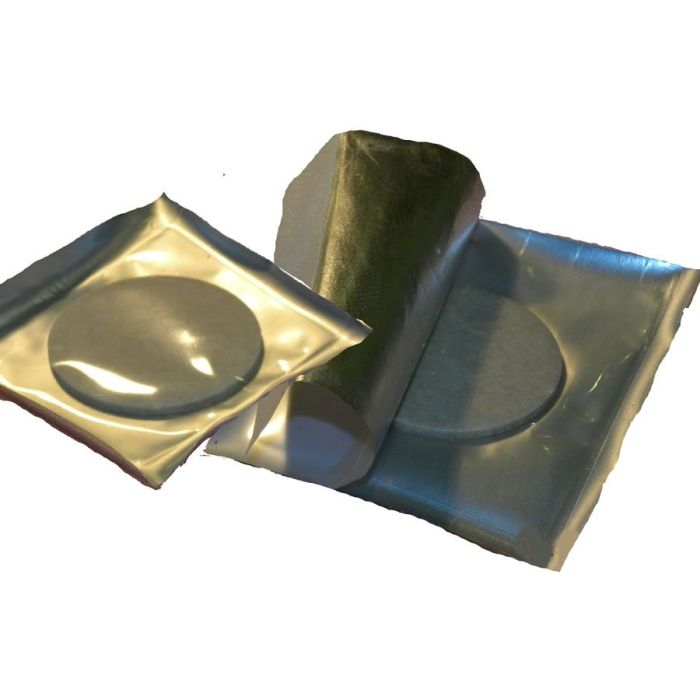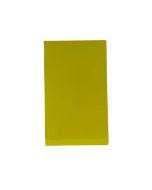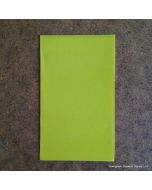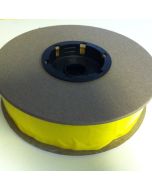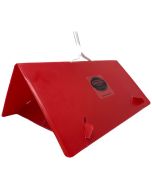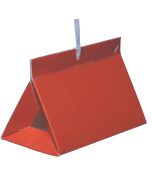European Pine Shoot Moth Lure
Latin Name: Rhyacionia buoliana
Lure: Gray Rubber Septum
Lure Active Ingredient: (E)-9-Dodecenyl acetate and (E)-9-Dodecen-1-ol
Field Life: 4 weeks
Trap to Use: Red Paper or Plastic Delta Trap
Monitoring Strategy: Traps should be placed in host trees about 6 feet above the ground on the outer foliage. Traps should be visible and place in an open area. For fragile host trees, place the trap on a stake, but be sure that the trap is touching the host plant foliage. Traps should be placed after May 1 and be removed prior to July 31. There is one generation a year. Use one trap for every four acres. Check traps every other week. Check with local Forestry Service for further information and recommendations.
Cultural and Physical Control: Delay Sheering - Since the young larvae are concentrated on the branch tips, pruning will effectively remove them from the trees. Most sheering operations remove enough larvae that sprays are unnecessary. Try to delay sheering until mid to late July.
Distribution: North Africa, North Asia, Europe North America, South America
Hosts: Various species of Pine
Description: Adults: Reddish-brown with a wingspan of 18 mm.
Larvae: Dark brown with a black head, about 15 mm long.
Eggs: Yellowish-white.
Life Cycle: Moths emerge in late spring. Females deposit eggs on shoots on or near bases of buds or needle fascicles. The larvae mine into and hollow out the buds. As cold weather is fatal to larvae, this pest may be restricted to milder areas. A single larva may bore into more than one bud or developing shoot. Damaged shoots curl and die. The larvae mature by the end of May and pupation occurs within constructed tents. F Adults emerge about 2 or 3 weeks after pupation.
